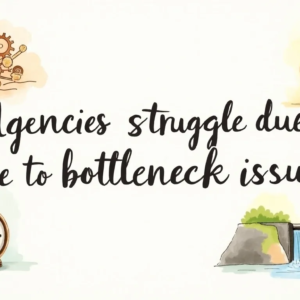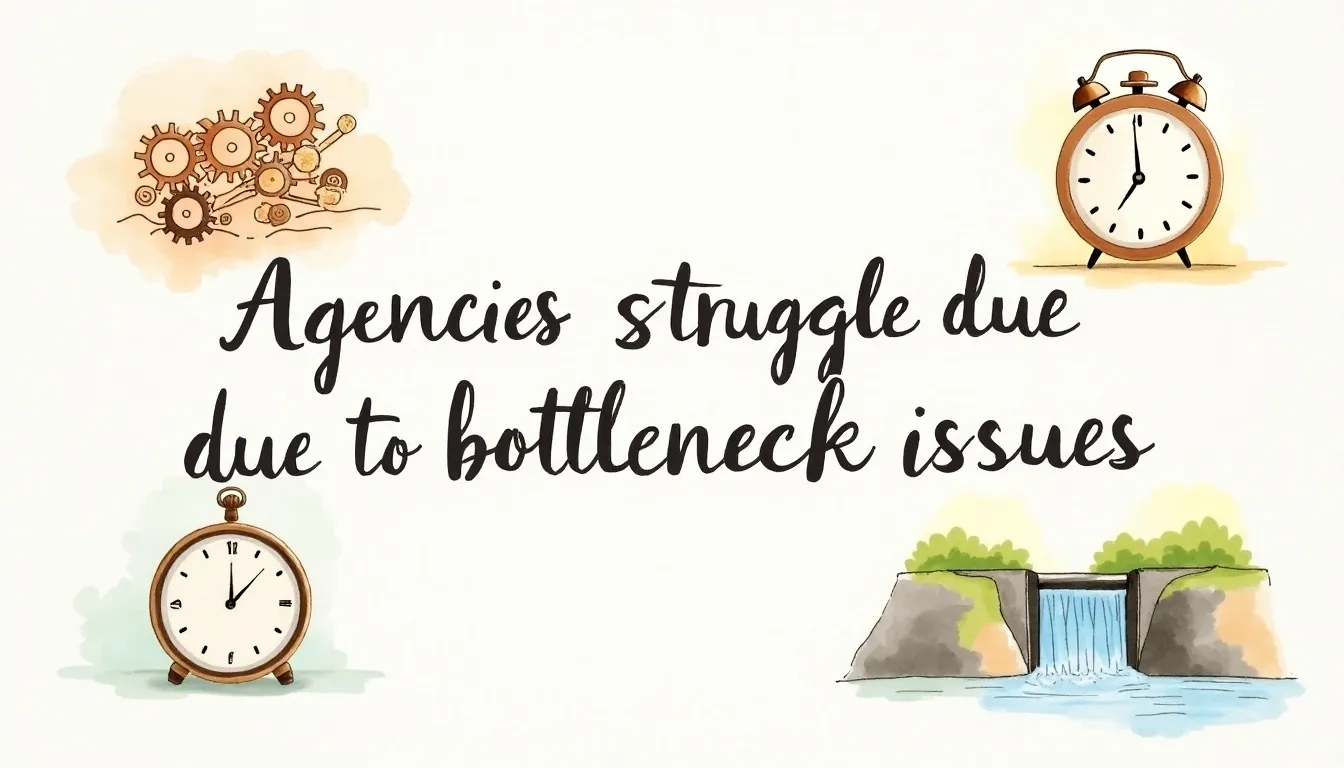Introduction:
Every business strives to build and create a strong brand identity and makes every possible choice that does help the brand achieve heights. Brand identity refers to the visuals of the company. While in this situation the term is often misleading, some of the business owners think that brand identity is simply the name and logo. Hence, let us first clear out what is brand identity. Brand identity is wholesome of the customers’ experience and version of the company that they carry with them. It can be said that the brand identity includes the colors being used, the designs being incorporated, the logo is used, and the perception of the customers’ minds. Branding and Rebranding of a business hence is a continuous cycle to stay updated and keep leading.
While the name of the business and logo are the brand ambassadors, so they need to be unique and creative. The brand identity here plays a key role in growing a business. The brand identity is looked at not only by the customers but also by the investors, banks, or fund providers as well. Thus, the visuals and brand identity would totally determine or undermine the growth of the business.

What Actually is Meant by Relaunching a Business [Brand Revitalization]?
Transformation always leads to success. Evolution in the brand identity or brand will affect the change in the minds of the targeted group of customers and help in changing the perception of the brand. This relaunching or revitalization would help in creating a new positioning in the market in comparison to the competitors. That will help in order to build an image in such a way that the brand achieves success and can tap new customer groups. A well-developed relaunching strategy of the brand would help in enhancing the position of the brand. A correct and perfectly curated strategy would help in generating sustainable growth. It also enables the brand to charge a premium. It provides assistance to the company to bounce back to the competitors as well.

What Does Rebranding a Business Mean?
First of all, the rebranding happens for an already established brand. Rebranding can be described as a process that involves changing the overall corporate image of the company. This is done to create a different identity for the brand from its competitors in the existing marketplace. In this market strategy, new names, new symbols, or new designs are added to the existing brand. Rebranding can turn out to be a very branding strategy, as in, the customers would like or not like the new brand totally remains a possibility.
In short, the industry uses rebranding to connect more with the customers and increasing the customer base. For the initiation of the process of rebranding, a brand audit happens. The brand audit evaluates the weakness of the brand and brings the parameters into the light where the brand is lacking behind and where is the need for innovation. Then comes the phase of redesigning the whole visualization of the brand. A successful rebranding, revitalization, or relaunching would significantly contribute to the long-term impact on the success and valuation of the business.

Does Your Brand Need to be Relaunched or Rebranded?
As we have already seen that rebranding and relaunching would always depend upon the operations of the market and its prevailing conditions. But, other factors too would help us understand that our brand needs to be relaunched or revitalized. Let us have a look at the same:
1. Possession
This factor results when a company acquires or takes over another company. In this situation, the company is fully taken or is amalgamated by the other company’s name. In the first case, if the company completely acquires the other company, it changes the name. Rather in the second situation, the new name comes out of the fusion of the two brand names. This gives a new and fresh name for the beginning of the new brand. This factor could help in achieving success in a faster and effective manner to relaunch an existing brand.
2. Arrangement
Sometimes the positioning of the brand is in such a way that the management over the number of years degrade the quality of the product or sometimes the consumers feel that the product had become outdated. The businesses rebrand the visuals too to communicate the message to the market.
3. Development and growth
This occurs when the product line of the company expands. Here the original brand message sometimes must not suit the other genres of the products.
4. Global proliferation
If the product of the existing brand has expanded internationally but the product does not match with the original market. It might be that the name of particular brands is already in use!
5. Workers and employees
If the employees, workers, and salesmen do not believe in the product. If the workers feel attached and connected to the product it becomes easier for the customers as well. This is because the customers might feel connected to the employees.

In conclusion, relevance is the essence of rebranding and relaunching. The brand unfortunately had now reached its unattractive phase to the very new customers. The brand is now not that much pleasing to suit the market and match the preference of the customer group. But, rebranding or relaunching would work for the betterment but it is not each time they would yield the desired results. Hence, it is the distinction of the brand to go for the same.





















